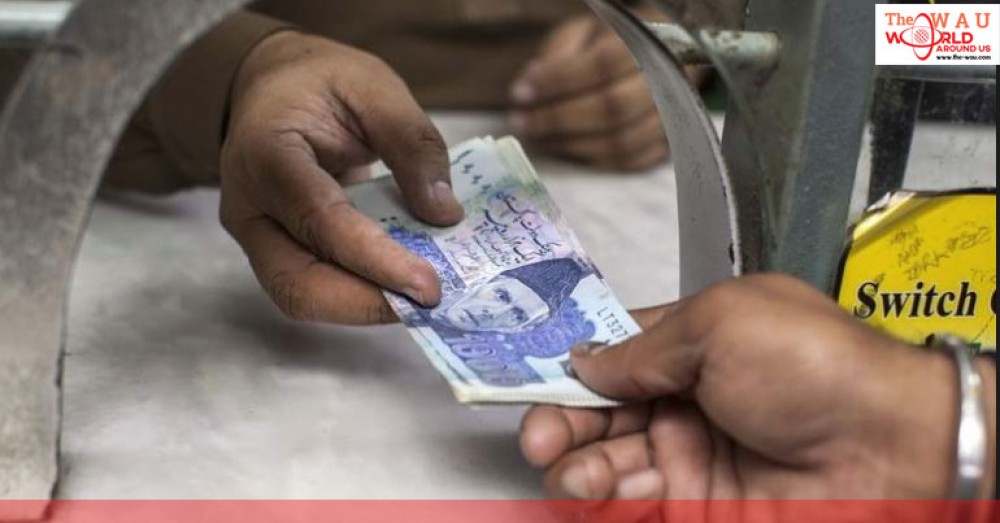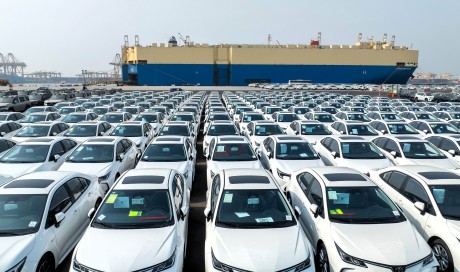The Pakistani rupee is projected to continue to weaken in the coming months and is likely to hit 38 against the UAE dirham, industry executives and analysts said.
Rajiv Raipancholia, CEO of Orient Exchange, expects a further 10-15 per cent devaluation in the rupee during fiscal year 2018-19 as banks in Pakistan have borrowed US dollars from Chinese lenders to enable the country to repay IMF loan installments.
He noted that the Fed interest rate hike is also affecting the flow of the dollar into Pakistan, like other Asian countries. High interest rates and inflation in Pakistan is also affecting the economy; hence, it is expected that the currency may touch 140 per dollar and 38.16 against the dirham by 2020.
On Friday, the Pakistani currency closed at 31.47 against the UAE dirham and 115.5 against the greenback. Following a 25-basis-point hike in interest rate in January 2018, the State Bank of Pakistan (SBP), the central bank, on Friday again raised borrowing rates by 50 basis points to 6.50 per cent.

Pakistan's forex reserves also dropped from $16.4 billion in May 2017 to $10.3 billion last week. Media reports said Islamabad is likely to obtain fresh Chinese loans worth $1 billion to $2 billion to ease the balance of the payment crisis.
Meanwhile, global ratings agency Moody's foresees the rupee hitting 125 against the dollar in 2019, or 34.1 against the UAE dirham. It forecasts "further rounds of currency depreciation by the SBP to reduce import demand".
It said the moderately large and rising share of foreign currency borrowing further exposes the sovereign credit profile to sharp currency depreciations. The approximately 31 per cent of debt denominated in foreign currency as of the end of 2017 also exposes the sovereign to marked changes in refinancing costs should the local currency weaken abruptly. The share of foreign currency debt is within the 20-35 per cent range specified in the government's medium term debt management strategy for fiscal 2016 to fiscal 2019.
Pakistan has recently witnessed two waves of depreciation in its currency against the dollar. The first wave was witnessed on December 8, 2017, which saw rupee sliding 4.90 per cent. The Pakistani currency took another nosedive on March 20, depreciating by 4 per cent. The rupee was down 9 per cent against the dollar in 4 months and was now trading at 115.5 and 31.50 against the dirham. During last 10 years, rupee's value has declined 5 per cent annually against the greenback.
Christian Fang, assistant vice-president of the sovereign risk group at Moody's Investors Service, said with the SBP having announced in December 2017 that it would allow the Pakistani rupee to reflect supply and demand conditions in the foreign exchange market, further downward pressure on the currency is likely. The rupee has depreciated twice over the past 6 months against the greenback by around 10 per cent in total.
"Pakistan's current account deficit has widened, due primarily to import-intensive China Pakistan Economic Corridor projects, as well as higher fuel imports and robust household demand for luxury goods such as cars. We expect the wider current account deficit to continue exerting pressure on the country's external balance," he added.
Sudhesh Giriyan, COO of Xpress Money, said both the Pakistani and Indian rupee are having a downward trend because of rising crude prices, which last week hit $80, with a prediction that it may go up to $100. The rising prices will increase the import bill of these countries, hence putting pressure on both the countries' currencies.
...[ Continue to next page ]
Share This Post















